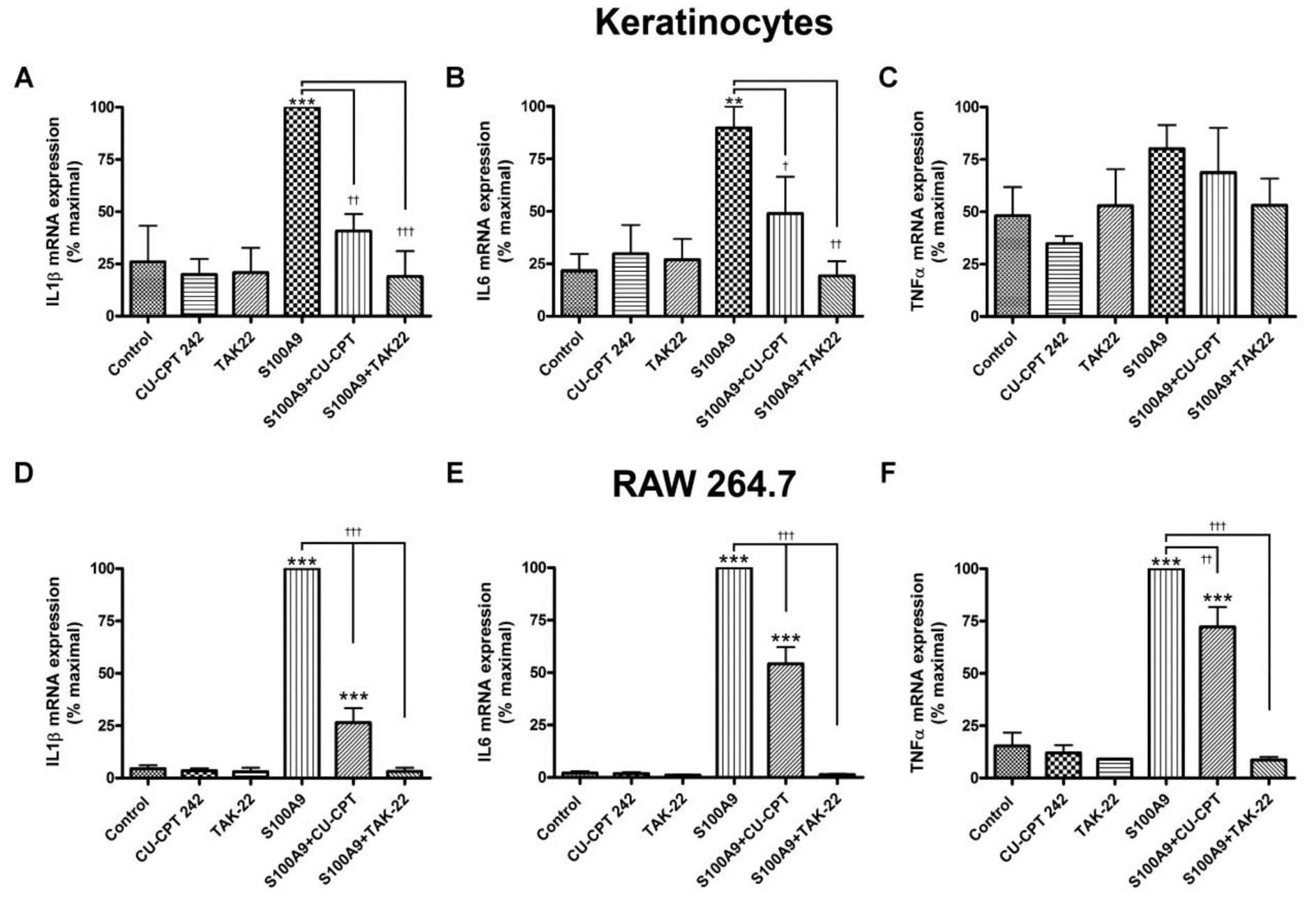Figure 2. A TLR1/2 and/or TLR4 antagonist inhibits S100A9-induced inflammatory mediator expression in keratinocytes and the macrophage cell line.

(a-c) Keratinocytes or (d-f) RAW264.7 cells were treated with or without 2μg/mL recombinant S100A9 in the presence and absence of 25μM CU-CPT22, a TLR1/2 antagonist, or 10μM TAK242, a TLR4 antagonist, for 2 hours. RNA was then isolated and the expression of the inflammatory mediators, (a and d) IL-1β, (b and e) IL6 and (c and f) TNFα was monitored by quantitative RT-PCR with GAPDH used as the housekeeping gene. Results represent the means ± SEM of 4–5 separate experiments; **p<0.01, ***p<0.001 versus the control; † p<0.05, †† p<0.01, and †††p<0.001 as indicated.
